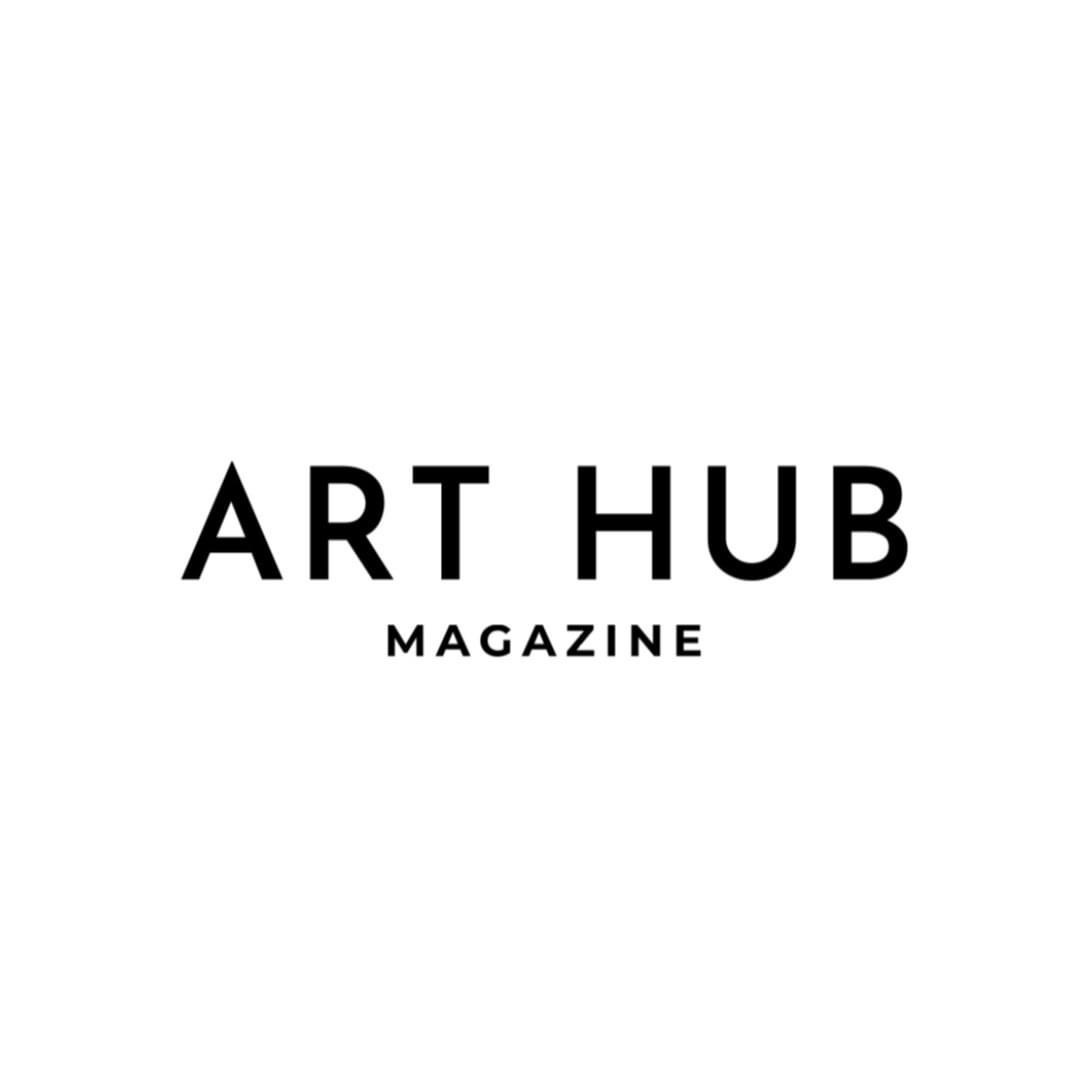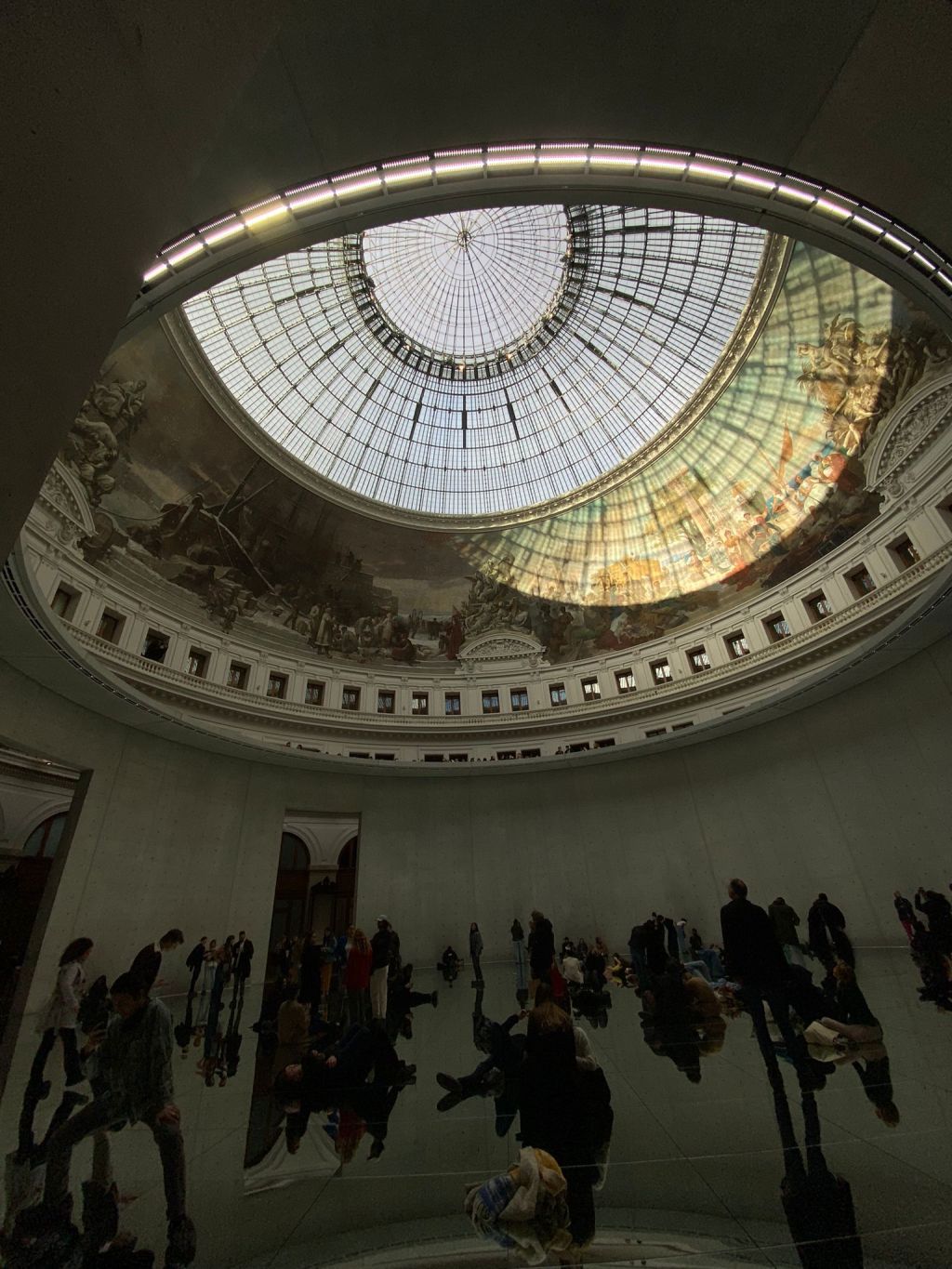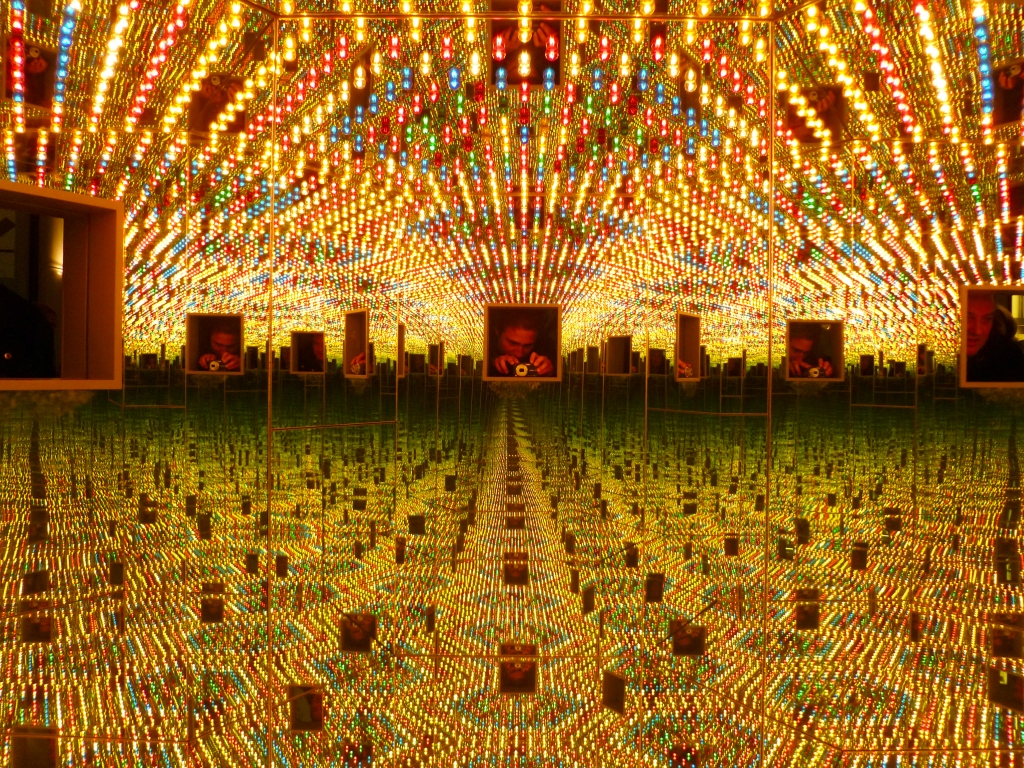Liang Fu, born in 1993 in Sichuan, China, currently resides and pursues artistic endeavors in Paris, France. He earned both his BFA and MFA from the National Fine Arts School of Nantes in Nantes, France. Fu’s artistic exploration revolves around the intricate interplay among tangible forms, geographical landscapes, and the fluid progression of time. With a foundation in a familial tradition of appreciating antiques, Liang Fu’s artistic perspective is imbued with a profound comprehension of historical aesthetics.
Notable recent exhibitions showcasing his work include Ash to Ashes at Galeria Nicodim, Bucharest (2023, solo); Holographic Realm at Hive Contemporary, Shanghai (2023); Galeria Nicodim, Bucharest: 10 Years”at Galeria Nicodim, Bucharest (2023); 《星体燎原》Corps Célestes”at Nicodim, New York (2022, solo). Additionally, he has been featured in exhibitions such as DISEMBODIED”at Galeria Nicodim, Bucharest (2022); Intangible at Nicodim Upstairs, Los Angeles (2022, solo); and Petit Beurre”at Maia Muller Gallery, Paris, France (2021).
Can you share insights into your artistic journey from Chengdu, China, to Paris and how this cultural transition has influenced your work?
I took up drawing as a kid in Chengdu, then moved to Beijing because I was curious to discover somewhere else. There I happened to meet a few French artists and the discussions I had with them decided me to come to France to study Fine Arts. I moved to France in 2015 and studied Art in Nantes School of Fine Arts, then upon graduating moved to Paris to set up my studio. I have been through a lot of different spaces and different cultural backgrounds and through these I have changed a lot too.
This process of many years made me question what is culture, how to adapt to different cultural backgrounds and be myself at the same time. This is not only about where I come from, but also how I can find ways to engage the society and cultural background of the place I’m at. This has been the main challenge for me. It also influenced me into pursuing forms of work that can be more open, open to everyone, even to people with a different cultural background. How to do work that they can relate to, analyze or understand form their own point of view?
This has led me to taking an interest into the power of images, the way they can carry a multiplicity of information and differences, as well as becoming much more open to all kinds of ways of thinking and practicing art.

Your portraits seem to capture a unique sense of solitude and introspection. Could you elaborate on your approach to portraying individuals in a way that emphasizes their imagined, unobserved moments?
I usually start working with a huge collage or a collection of different images gathered from different sources. I also take pictures with different models, either relatives and friends or strangers I met. In portraying them I look for a sense of detachment, which I reinforce through reworking the images, changing angles, hues or textures. Before thinking about a painting I think a lot about what is an image, and I question myself about how to create an image in ways that make me more conscious of the kind of image that I want to create.
This sense of introspection also has to do with exploring how to use painting, this ancient and very mature medium, as a young creator in the current context, to go into more subtle emotions. This is a constant focus of my explorations: I constantly wonder how these very ordinary materials can evoke with such complexity.
To me, focusing on figures has something to do with exploring the relationship between an individual and the society. I observe these individuals – something you do a lot when you’re an immigrant – as clues into the culture. In a way they stand as a metaphor of this culture I am trying to figure out. They also represent a vision how I look at the relationship between a human being and the universe. The focus is always on the relationship, between one thing and another thing, or of one thing included in another thing. Reflecting on these relationships gives me valuable insights and nourishes my creativity.
I have no definitive answer for the reason I paint these portraits this way. It has to do with my immigration background, also with growing up in China were everyone was a single child, and also with your working conditions when you are an artist, especially a painter, and you spend your days in the studio, always facing yourself and your own thoughts, before you finally show the work to others. All these elements come together in some way in my painting.

Your art often blurs the lines between abstraction and figuration. How do you navigate this balance, and what significance does it hold in conveying the essence of your subjects?
When you are creating or painting, you use different processes, face different thoughts, different materials. These elements bring their own rules and constaints, and you are in practice making a series of decisions, navigating this field, trying to hold on and be attentive to what is happening while you are working, to be conscious of what arises. I try to listen to the process and not only stick to just the one idea I started with. This idea of fluidity of my work process, prolongs itself in the materials I use and also plays a role in what my subject matter has grown to be.
I use mineral pigments, wax, clay, glass, all materials that can be transformed into different conditions; they are about transition, they are a process of changing made matter, just as what life is, a changing process in all sorts of different ways.
Figuration, of abstraction, come and go of their own. I do question myself about what abstraction is, how it happens, what exactly results in your feeling what you see is abstract. And of course figuration comes back to the front, something in the image will remind you of, will relate to another thing in your in your mind. I am always intrigued by this kind of in-between images, what I call ‘transparent images’: for example when you are on the street and look at the clouds and these clouds, all the same and all different at the same time, will make you think of all sorts of different objects, images or animals. I have been trying to figure out how to present or represent such transparent images in my work, images that may hold a different meaning or even be other images for different viewers.

The use of translucent fabrics and veiled faces in your paintings adds an element of mystery. What is the intention behind obscuring features and creating nameless countenances?
It is linked to questions I keep investigating, of visible and invisible, identity, gender, body, energy, all the diversity in the way you can exist. These questions arise from my daily experience, maybe due to my background as someone coming from elsewhere who ends up observing and figuring out his environment.
I am also fascinated by the sensual dimension of fabrics, their closeness and interplay with the idea of skin. Skin and fabric have to do with the relationship between the absence and presence of the body. I appreciate the complexity and blurring that fabrics bring to the pictures, they help me making my work more open-ended.
Your fascination with emptiness, as seen in traditional Chinese painting and the works of artists like Giorgio Morandi, is evident in your art. How does the concept of emptiness play a role in your paintings, and what does it signify for you?
I usually paint more more or less monochrome backgrounds for different reasons.
I have been observing the way perspective in traditional Chinese painting is very different from the Italian middle-ages or Renaissance backgrounds in frescoes; the background conveys a lot on space, temporality, etc. ! This has led me to putting the subject matter in a space without anything, without any signification or lines. I extract it into in a timeless space: the monochrome space represents any other temporality of space or time, it is a question about space itself.
I also think that the emptiness is what allows your to have time to look around. Your eye can walk through the image, explore different angles. This is particularly noticeable in Chinese spending: you can browse through the different details of the subject matter, and you pay more attention to it as a result.
My emptiness is also made of materials: I use a lot of blue, red etc. pigments to prepare my canvas. Color fields, especially blue ones, are loaded with a symbolic sense of emptiness and I use them to create space with no perspective – exploring what kind of space this is. At the same time, the dusty quality I pursue for these surfaces made with mineral pigments evoke the mini-dust of a mini-universe.
The choice of colors and their interplay, as well as the balance between light and darkness in your work, is notable. How do these elements contribute to the overall emotional and conceptual depth of your paintings?
Some viewers have mentioned that some colors in my paintings are very deep and dark, but what I focus more on is the opposition andd interplay: there is no extreme darkness without lights; there’s no extreme light without darkness, without shadow. I play with this balance and it plays a big role in the way I engage with and consider the image that I want to work with.
Light can play different roles: it can change the shape or the texture of the painting, give you a sense of fluidity, of another element like a reflection of light on water or a material light traveled through. Light and darkness carry many ways to create space beyond usual representation.
Light also carries so much methaforical meaning: hope, thepassing of time, or our connexion to the universe, just like looking up to a starry sky and feeling-remembering how tiny we are in the vastness of the universe.

Can you shed light on any specific piece or project that holds profound meaning to you, and how it encapsulates your artistic philosophy and purpose?
I want to talk about Berlinde de Bruckyere’s sculptures. Thanks to her mastery of materials she manages to achieve such a deep intensity in expression. Her use of wax as a proxy to flesh, skin and the body is extremely strong both on a symbolic and mimetic level. These sculptures are alive. Wax is a material that can be modeled and transformed, its condition changes depending on temperature, it is not static. There is also a rich interplay in her work between the ideas of body and fabrics, which has had a big influence on me, especially in my paintings.
Wax is also an organic kind of matter that your body engages with in order to give it shape. Through the gesture that she uses with wax, she encapsulates a sense of violence and darkness, or tender rest, different forms of body – morbid or healthy, flaccid or skinny, in a very strong and true way.
And the last question, can you walk us through a typical working day in your studio? How do you organize and structure your day to bring your art to life?
After getting up I usually do a bit of exercice, then bike to the studio, to get into a right state of mind for work. I always start by observing and pondering the work I left the day before, figuring out what is going on and what I can do today. I then set up music or broadcasts to create and sustain the state of mind needed – depending on the work it can be very different kinds of music or podcasts ; I need this atmosphere to put myself in the mood or in the situation that I want my work to be in. During breaks, I often read magazines or watch videos related to my interests to adjust the atmosphere, especially when the weather is bad. The best times are biking back home on a summer evening, music blazing in my ears, having emptied my thoughts onto the canvas or into sculptures during the day, and riding into the late sunset. This is when I am most relaxed.






